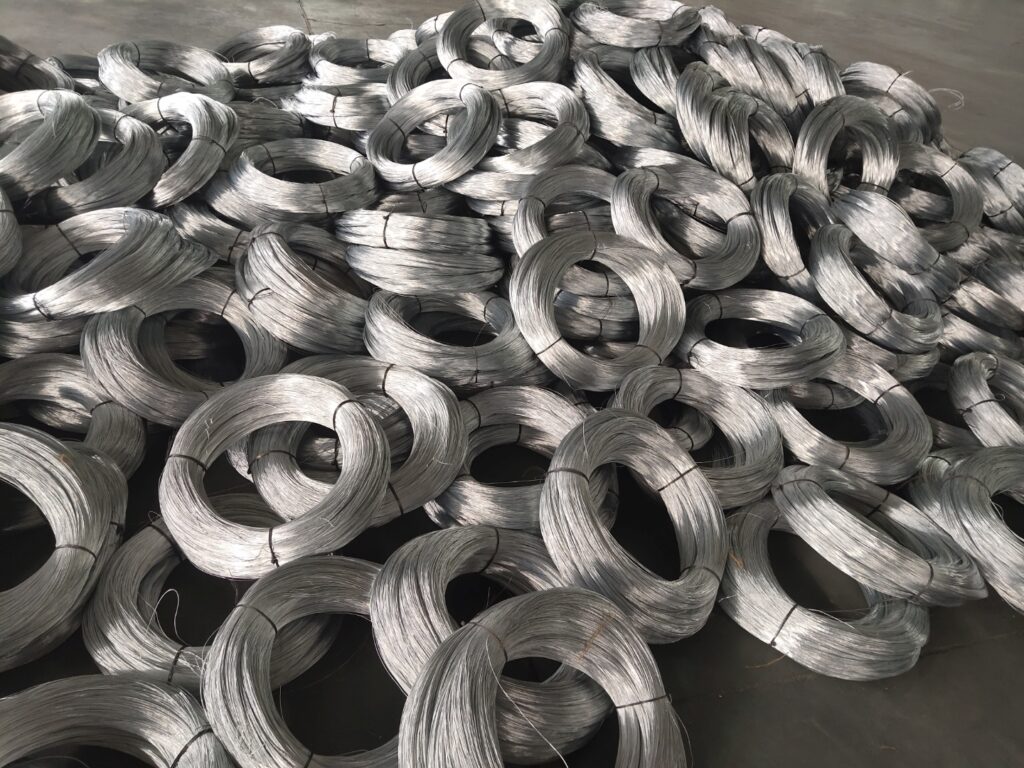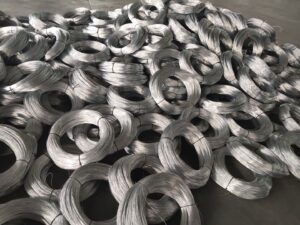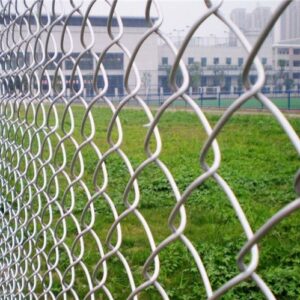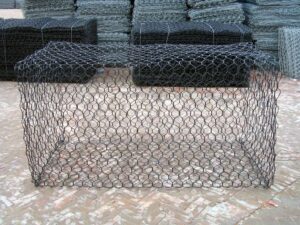Galvanized wire is divided into hot-dip galvanized wire and cold galvanized wire (electro-galvanized wire).
Their differences are:
Hot-dip galvanizing is dipping in a heated and molten zinc solution, with fast production speed and thick but uneven coating. The color is darker, consumes a lot of zinc metal, forms an infiltration layer with the base metal, and has good corrosion resistance, and hot-dip galvanizing can be maintained for decades in an outdoor environment.
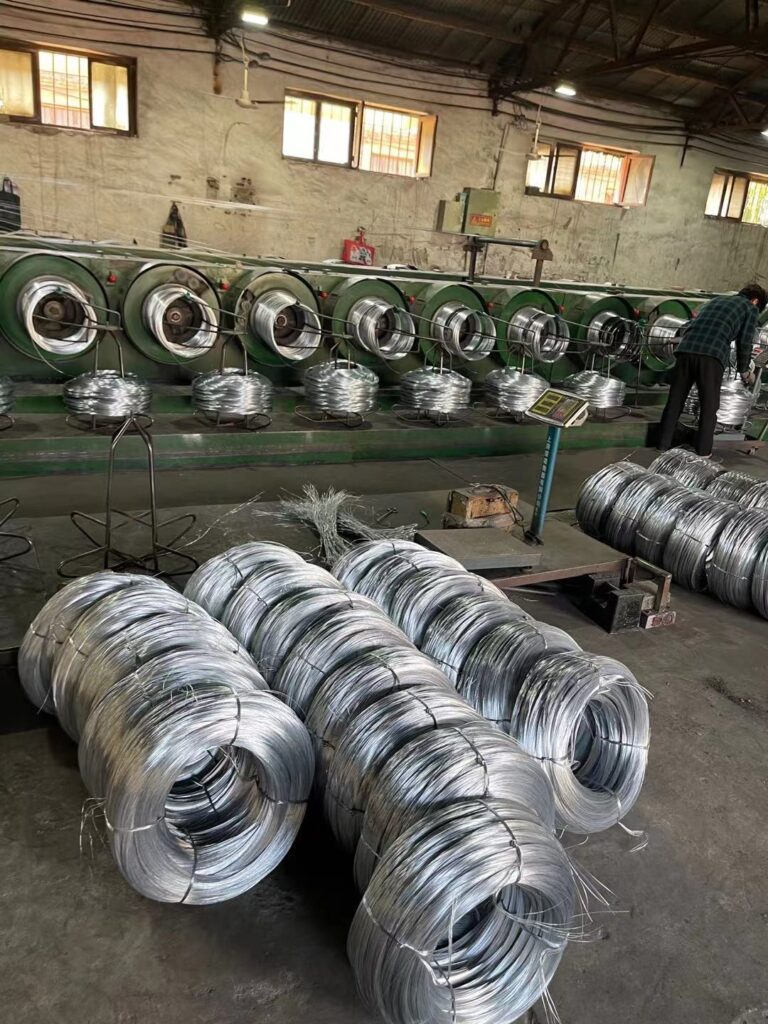
Cold galvanized wire (electro-galvanized wire) is to gradually coat zinc on the metal surface through the unidirectional current in the electroplating tank. The production speed is slow, the coating is uniform, and the thickness is thin, usually only 3-15 microns, with a bright appearance and corrosion resistance. Poor performance, usually rust in a few months. Compared with electro-galvanizing, hot-dip galvanizing is less expensive to produce and has less impact on the environment than electroplating.
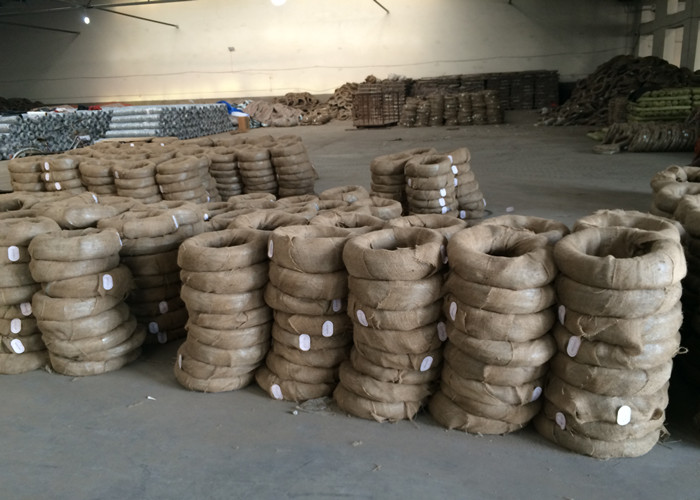
Hot-dip galvanized wire has better protective performance than electro-galvanized wire due to the thicker coating obtained, so it is an important protective coating for steel parts used in harsh working environments. Hot-dip galvanized wire is widely used in chemical equipment, petroleum processing, marine exploration, metal structure, power transmission, shipbuilding and other industries. , highway guardrails, etc., have been widely used in recent years.


